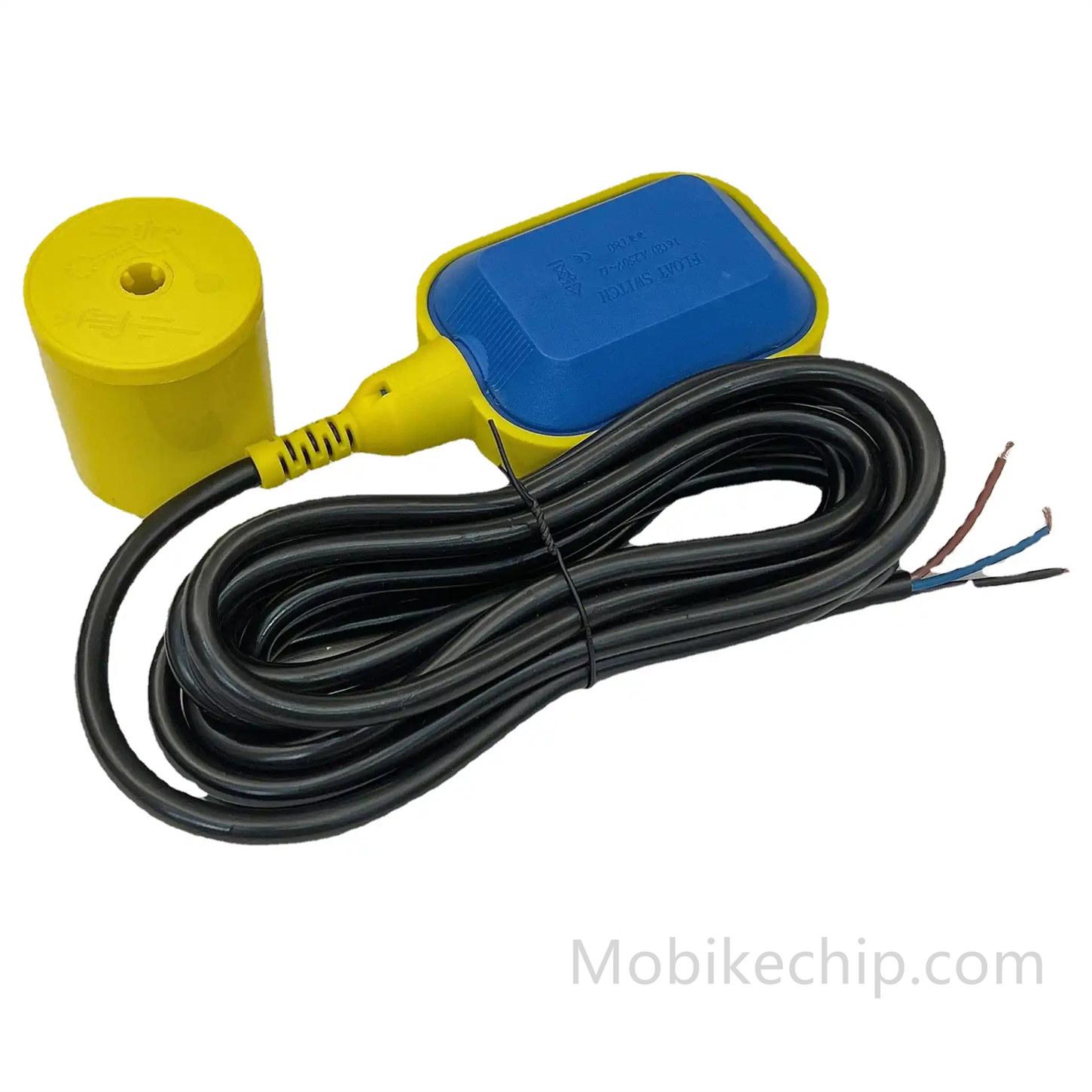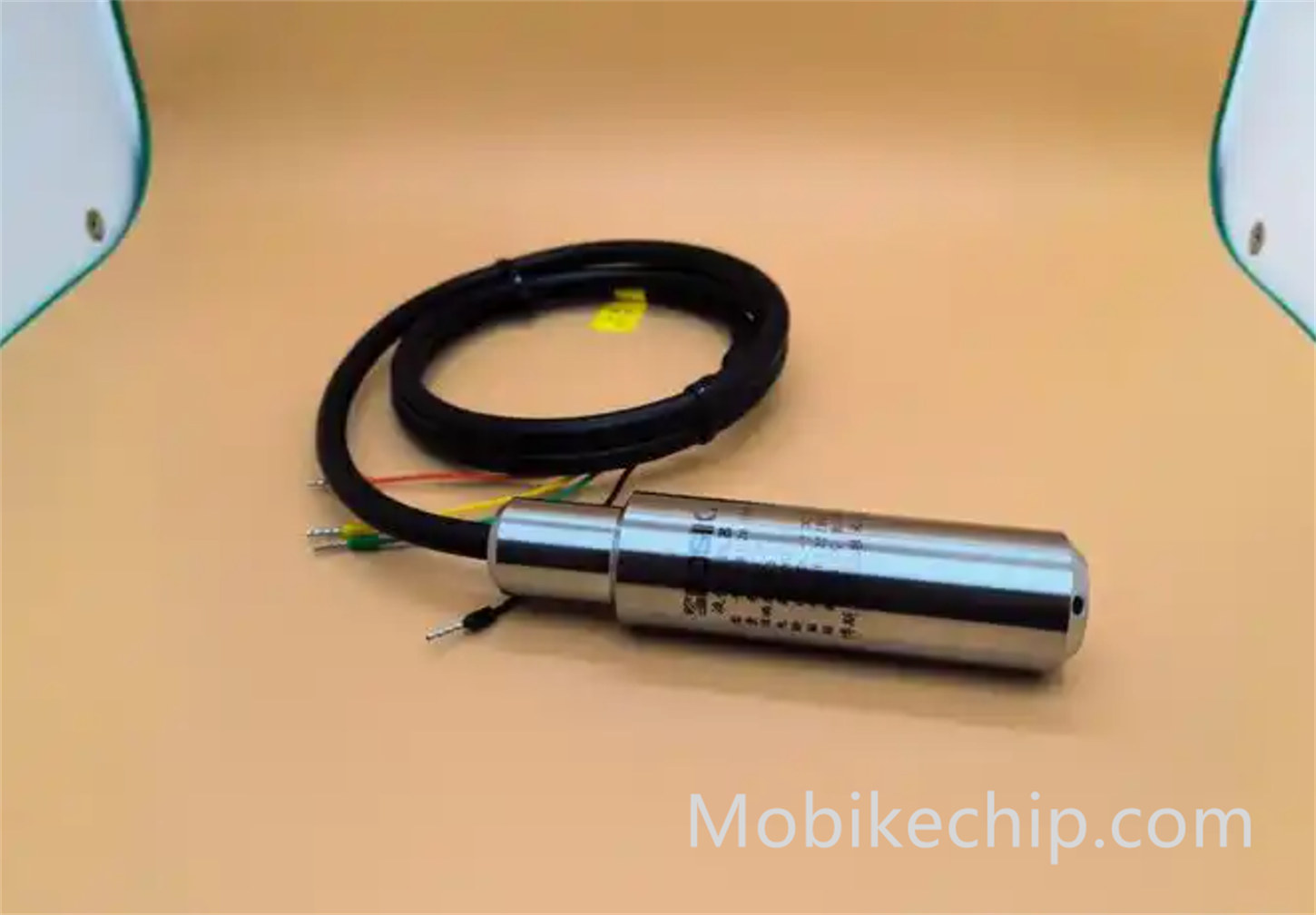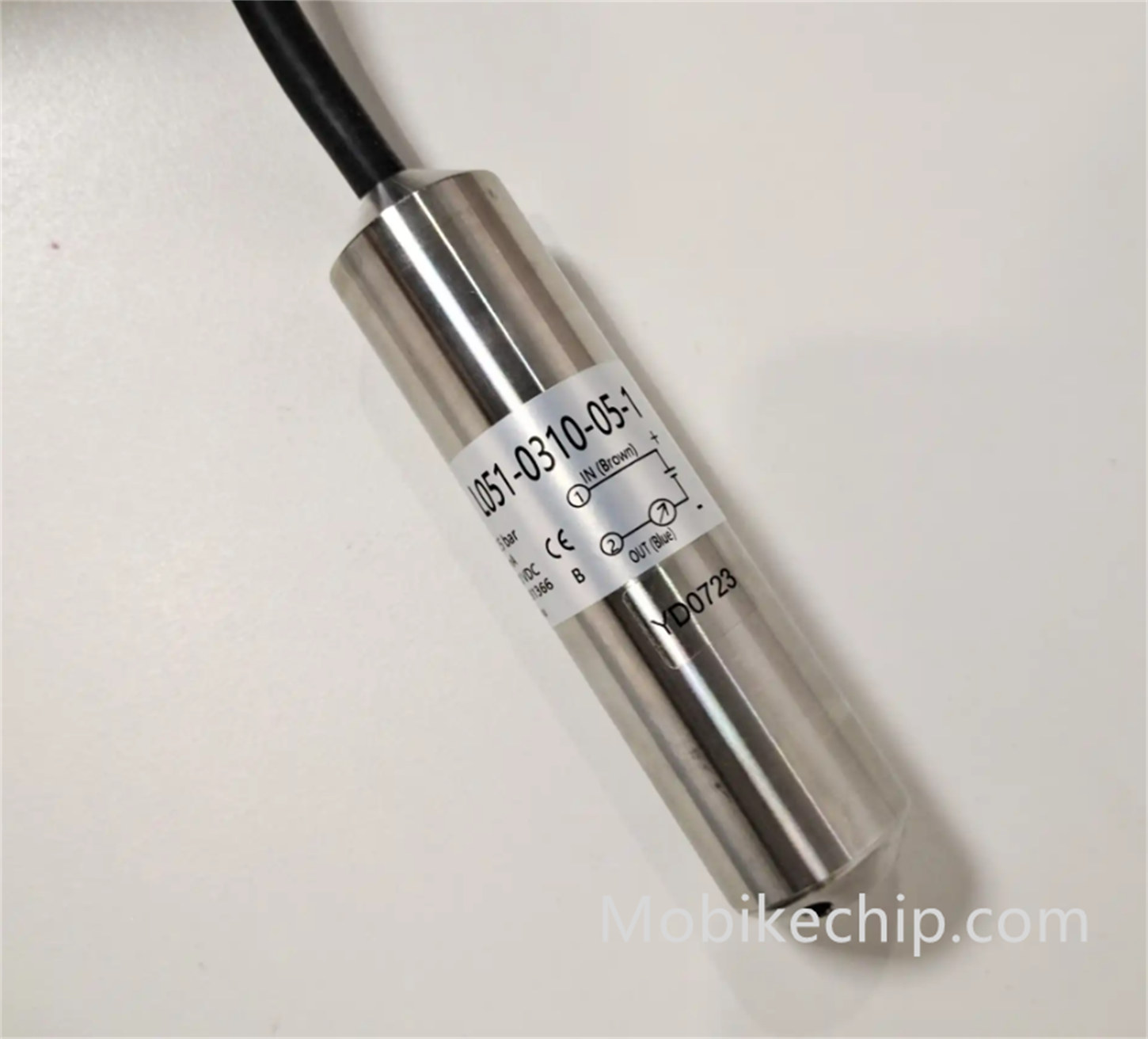Level sensor working principle
Liquid level sensors play a key role in many scenarios where liquid level needs to be monitored, whether it's a chemical storage tank in industrial production or a domestic water heater in daily life, it's indispensable. Today, MobikeChip will provide you with an in-depth analysis of the working principle of liquid level sensors.
Buoyancy Level Sensors: Wisdom Application Based on Archimedes' Principle
(A) Float Level Sensor
Float level sensor is one of the most common buoyancy level sensors. It mainly consists of a float, a connecting rod and a measuring device. According to Archimedes' principle, an object immersed in liquid is subjected to upward buoyancy, and the size of the buoyancy is equal to the gravitational force exerted on the object to displace the liquid. When the liquid level changes, the float moves up and down with it. For example, in a water storage tank, as the water level rises, the buoyant force on the float increases, the float will move upward; when the water level falls, the float moves downward. The movement of the float is transmitted to the measuring device through the connecting rod, and the measuring device converts the displacement of the float into an electrical signal or other measurable signal output, thus realizing the monitoring of the liquid level.
(B) Float Level Sensor
The working principle of the float level sensor is similar to the float type, but the structure is different. It consists of a hollow metal float suspended in the liquid. When the liquid level changes, the buoyancy of the float changes, resulting in vertical displacement of the float. For example, in the refinery tanks, the level rises, the float is immersed in the liquid volume increases, the buoyant force increases, the float moves upward; the liquid level falls, the float moves downward. Float displacement through mechanical or electronic devices into the corresponding signals, such as resistance changes, capacitance changes, etc., these signals can accurately reflect the height of the liquid level after processing.
The hydrostatic level sensor: pressure and liquid level of the close correlation
(A) pressure measurement principle
Hydrostatic level sensors use the liquid static pressure and liquid level height proportional to the relationship to measure the liquid level. The hydrostatic pressure at a point inside the liquid can be expressed by the formula P = ρgh, where P is the hydrostatic pressure, ρ is the density of the liquid, g is the acceleration of gravity, and h is the perpendicular distance from the point to the liquid surface. Hydrostatic level sensor by measuring the pressure at the bottom of the liquid or at a certain depth, and then according to the liquid density and gravitational acceleration, calculate the liquid level height.
(B) Sensor structure and workflow
These sensors are usually composed of pressure-sensitive components and signal processing circuits. Pressure sensitive components are generally made of piezoresistive, capacitive or piezoelectric principle. When the sensor is placed in the liquid, the liquid pressure on the pressure-sensitive components, so that it produces physical changes, such as piezoresistive components of the resistance value change, capacitive components of the change in capacitance and so on. These changes are detected by the signal processing circuit and converted into standard electrical signals, such as 4 - 20mA current signal or 0 - 5V voltage signal, output to the control system to achieve real-time monitoring of the liquid level. For example, in the level monitoring of sedimentation tanks in wastewater treatment plants, hydrostatic level sensors are able to accurately measure the level of liquid in the tanks, providing important data to support the wastewater treatment process.
Capacitance level sensor: capacitance change reveals liquid level information
(A) the basis of capacitance principle
Capacitance level sensor based on the basic principle of capacitance. The size of the capacitance and the area of the two plates, the distance between the plates and the dielectric constant of the medium between the plates. In capacitive level sensors, one electrode is usually used as the measuring electrode and the other electrode can be the vessel wall or a specially set reference electrode.
(B) Level change and capacitance relationship
When the liquid level changes, the medium between the measuring electrode and the reference electrode changes, resulting in a change in the capacitance value. For example, in a cylindrical container with liquid, the measuring electrode is located in the center of the container. When the liquid level rises, the portion of the liquid filled as a medium between the measuring electrode and the vessel wall (reference electrode) increases, which causes the capacitance value to increase due to the fact that the liquid's dielectric constant is different from that of air; when the liquid level falls, the capacitance value decreases. By detecting the change in capacitance value and processing it with the corresponding algorithm, the height of the liquid level can be accurately calculated. Capacitance level sensor is suitable for a variety of liquid level measurement, especially in some of the higher requirements for measurement accuracy occasions, such as the pharmaceutical industry, the reactor level monitoring in the outstanding performance.
The ultrasonic level sensor: sound wave detection level mystery
(A) ultrasonic propagation characteristics
Ultrasonic level sensors use ultrasonic wave propagation characteristics in the air to measure the liquid level. Ultrasound is a frequency higher than 20kHz sound waves, with good directionality, energy concentration and other characteristics. When the ultrasonic wave is emitted from the sensor, it will propagate in the air at a certain speed and reflect when it meets the liquid surface.
(B) Liquid level measurement process
After the sensor transmits ultrasonic waves, it starts timing. When the reflected ultrasonic waves are received by the sensor, the timing stops. According to the ultrasonic propagation speed v in the air and from the launch to receive the time t, using the formula h = vt/2 (h for the liquid level height), you can calculate the distance from the sensor to the liquid surface, and then get the liquid level height. For example, in the liquid storage tank level monitoring, ultrasonic level sensors are installed on the top of the tank, through the continuous transmission and reception of ultrasound, real-time monitoring of liquid level changes. This type of liquid level sensor is not affected by liquid color, transparency and other factors, and has high measurement accuracy, which is widely used for liquid level measurement in various industrial and civil fields.
At MobikeChip, we offer a wealth of knowledge on electronic components and quality liquid level sensor products. Understanding the working principle of liquid level sensors will help you make a more appropriate choice for applications related to liquid level monitoring. If you have any questions about the selection and use of liquid level sensors, please feel free to visit MobikeChip's website, our professional team will be happy to serve you.



Comments
Post a Comment